What is the legacy of Glasgow’s great exhibitions?
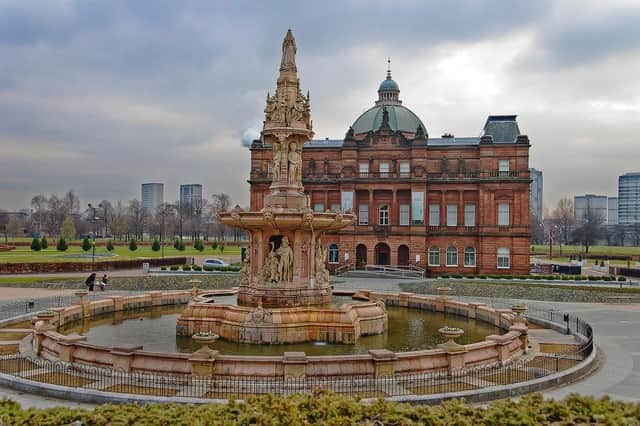

It might be something to do with the city’s self belief, maybe even the like for showing off a bit, that lies behind its success on the world exhibition stage.
From the Victoria era and the Georgian period right up to the difficult days of the 1980s, Glasgow holds a proud record of holding huge international exhibition events – the type that expressed achievement and ambition often against a tough backdrop of unemployment and poverty.
This article was brought to the reader by Glasgow Distillery who are celebrating the city’s rich heritage with their new Malt Riot Blended Malt Scotch Whisky.
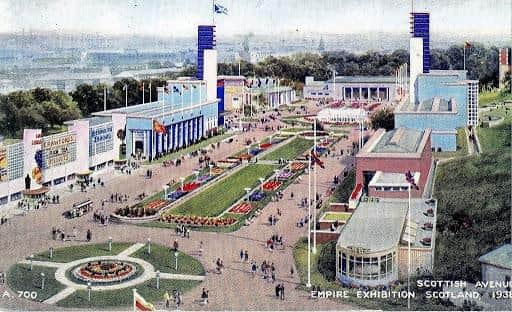

Three separate exhibitions during the 19th and 20th Century created a type of euphoria around Kelvingrove Park, where gleaming white palaces and a replica 15th Century castle sprung up, with a tethered hot air balloon and switchback rides – where men were hired to collect the flying top hats of passengers – thrilled the people and gondolas cruising up the river brought joy to the city.
Around 600 people every hour rode high in a cable car that swung above the spectacle of it all.
The craze for large exhibitions in Europe arrived in Scotland with Glasgow International Exhibition 1888 which attracted more than seven million people from home and abroad and made the city a profit of roughly £5m at today's values.
The money was used to build city landmark – the Kelvingrove Art Gallery and Museum – perhaps the biggest legacy of the exhibition years.
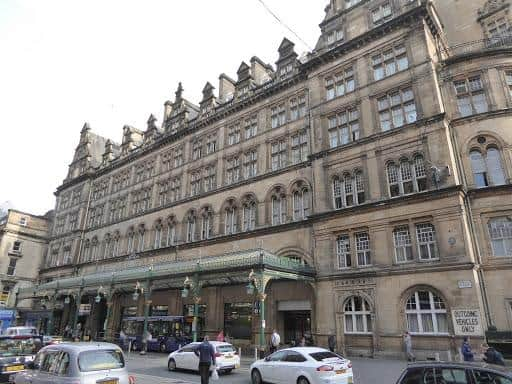

Raising money to build the new home for the city’s burgeoning collection of art, design and artefacts was the main driver for hosting the event.
But it was also about expressing civic pride in the Second City of the Empire which wanted to show off its achievements in science, industry and art.
Norrie Wilson, of Lost Glasgow history site, said: “It was good timing for Glasgow and the 1888 exhibition was very much part of that advert for the Empire. It was a wonderful shop window for the city.
"Glasgow was a hugely confident city in 1888, which was also the year that the City Chambers opened. There was this great swelling of pride.
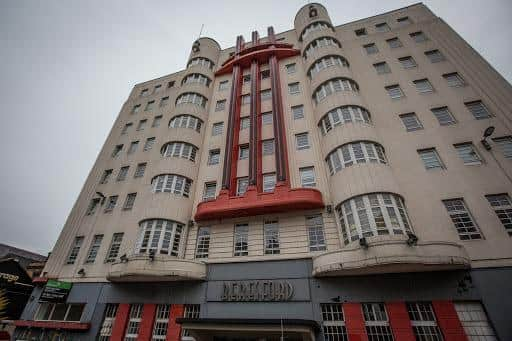

"This exhibition came off the back of the Great Exhibition at Crystal Palace. It was Glasgow saying ‘anything that London can do, we can do to’.”
He said that the Kelvingrove Art Gallery and Museum was the “true legacy” of the exhibition era, with the Doulton Fountain, the largest terracotta fountain in the world that was gifted to Glasgow in 1888 in a bold statement of Empire celebration, can today be found in Glasgow Green.
“Pretty much everything else was taken down. It was like the circus coming to town,” Mr Wilson said.
The Glasgow International Exhibition of 1901 was set up to inaugurate the new Kelvingrove Art Gallery and Museum that year. Then known as the Palace of Fine Arts, it became the jewel in the crown of the event.
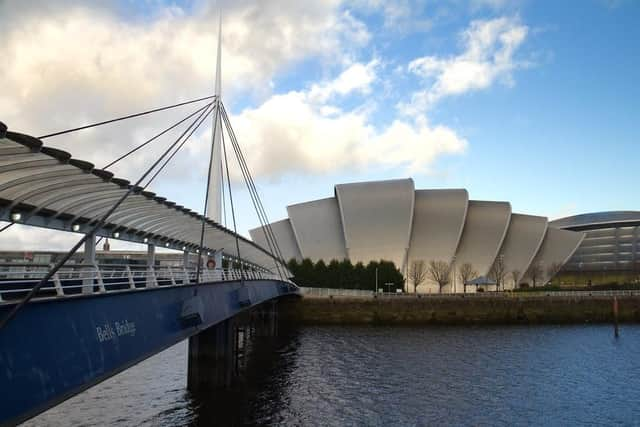

Mr Wilson said: “The 1888 event was a great success and so by 1901 the main thing is to show off the city which is moving forward in spectacular fashion.
"By 1901 the electric trams had arrived and the Pinkston power station was built to supply them. The city was lit by electricity, and it was lit up like a Christmas tree.
"These exhibitions weren’t just the biggest shows in town. They were the biggest shows in Britain.”
Millions of visitors from home and abroad needed beds in the city as the mega events continued. The hotel at Central Station was ready by the 1888 exhibition. Meanwhile, the art deco statement of the Beresford Hotel in Sauchiehall Street was built specifically for the 1938 Empire Exhibition.
"The Clyde was still the gateway for travel at this time and people were arriving for the exhibition. If you are crossing the Atlantic in a liner to come to Glasgow, you are going to want somewhere of a standard to stay. The Beresford had a rooftop kennel for these people to put their dogs, and there was a flunkie guy there to look after them,” Mr Wilson said.
The 1938 Empire Exhibition brought the world to Bellahouston Park for six months, with the green space transformed by striking modernist architecture, wide boulevards and fountains.
Around 100 temporary buildings were created in 10 months – and 13 million people came at a time German rearmament was causing alarm through Europe. In Glasgow, the British Empire was putting on a bold display strength and industriousness in the face of an impending war
Mr Wilson added: “We were at the end of the hungry thirties, we were coming out of the Great Depression and heading into World War Two. But thirteen million people came, even though that summer was one of the wettest on records. My mum would go along every night.”
Fast forward to the Glasgow Garden Festival and memories of a city that opened up belong to many on the south of the Clyde in the area where the BBC Pacific Quay and Science Centre now stands.
Bell’s Bridge was built for 1988 to take pedestrians and cyclists to the event. It was only meant to be a temporary structure, but remained to keep this span of the river moving with people.
"Scotland was going through a pretty rough time and the festival tried to redevelop that belt of industrial land around the old Princes Docks. They brought in the infrastructure, the water, the electricity. “
“People still talk about the Garden Festival with a lot of pride. People wish that parts of it were still here.”
As the exhibitions passed through Glasgow, they left behind powerful traces in the fabric of the city of a people and place emboldened.